And when it comes to bulletproof vests and tactical vests, can you distinguish them? Fat soldiers will tell you in this episode.
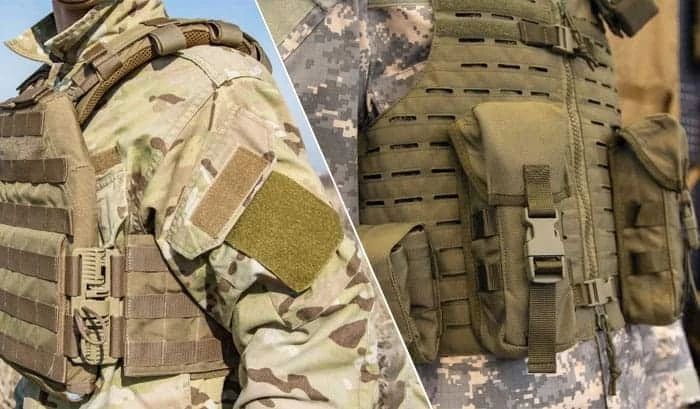
In fact, the difference between the two is relatively simple to summarize. Tactical vests are more lightweight, flexible, and easy to wear and take off, but they lack bulletproof ability, which is equivalent to not buying "O1" in CS. In contrast, bulletproof vests are more bulky, but they have bulletproof capabilities and can also be changed by replacing bulletproof plates of different materials.
Let's talk about it one by one.
Firstly, there is the tactical vest, which is abbreviated as TAC. Overall, it looks very similar to a vest and a photography vest, with a zipper in the middle for easy on and off. The fabric material used has good breathability, but its loading capacity is much stronger. Its function is to facilitate the loading of various items required for combat.
What special police officers wear are tactical vests:
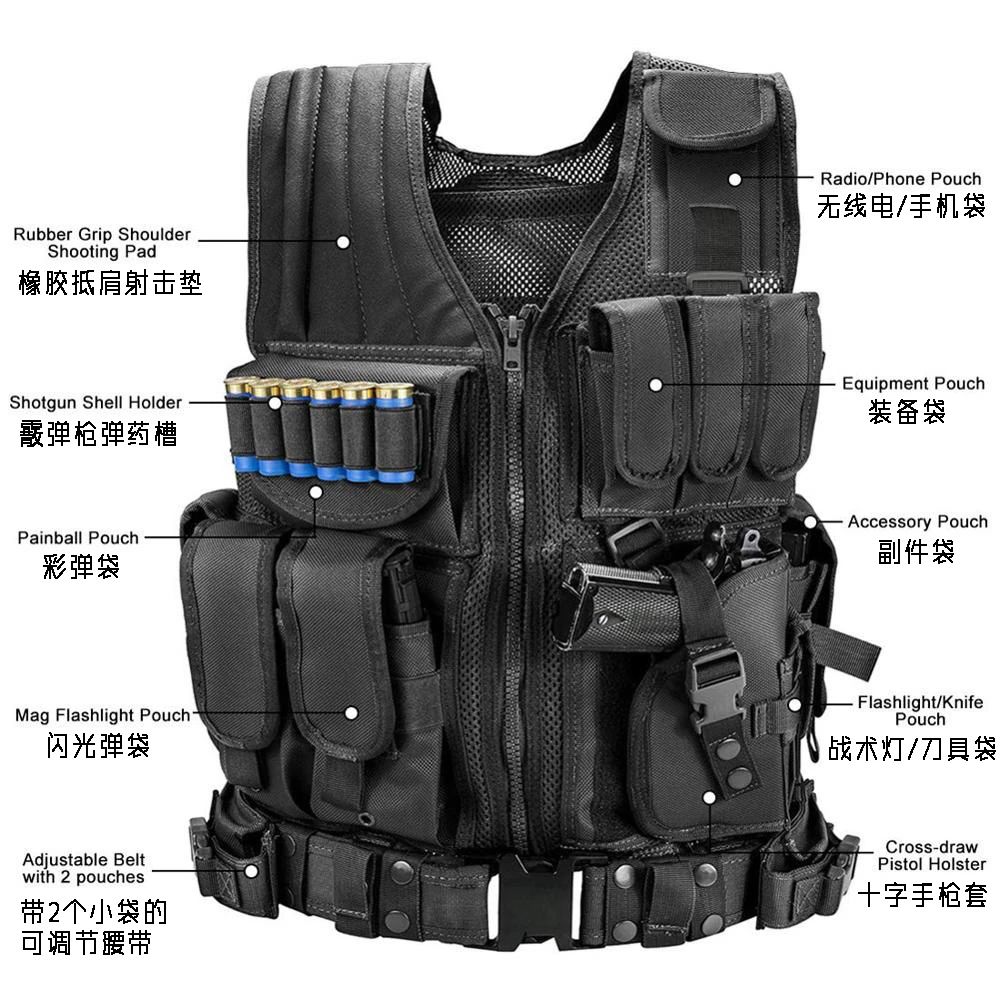
The modular design of tactical vests used by soldiers is stronger, such as the US military's Lightweight Load Equipment (MOLLE), which is based on a combat carrying vest (FLC), covered with detachable straps that can be added to various attachments according to mission requirements, just like accessories for guns.
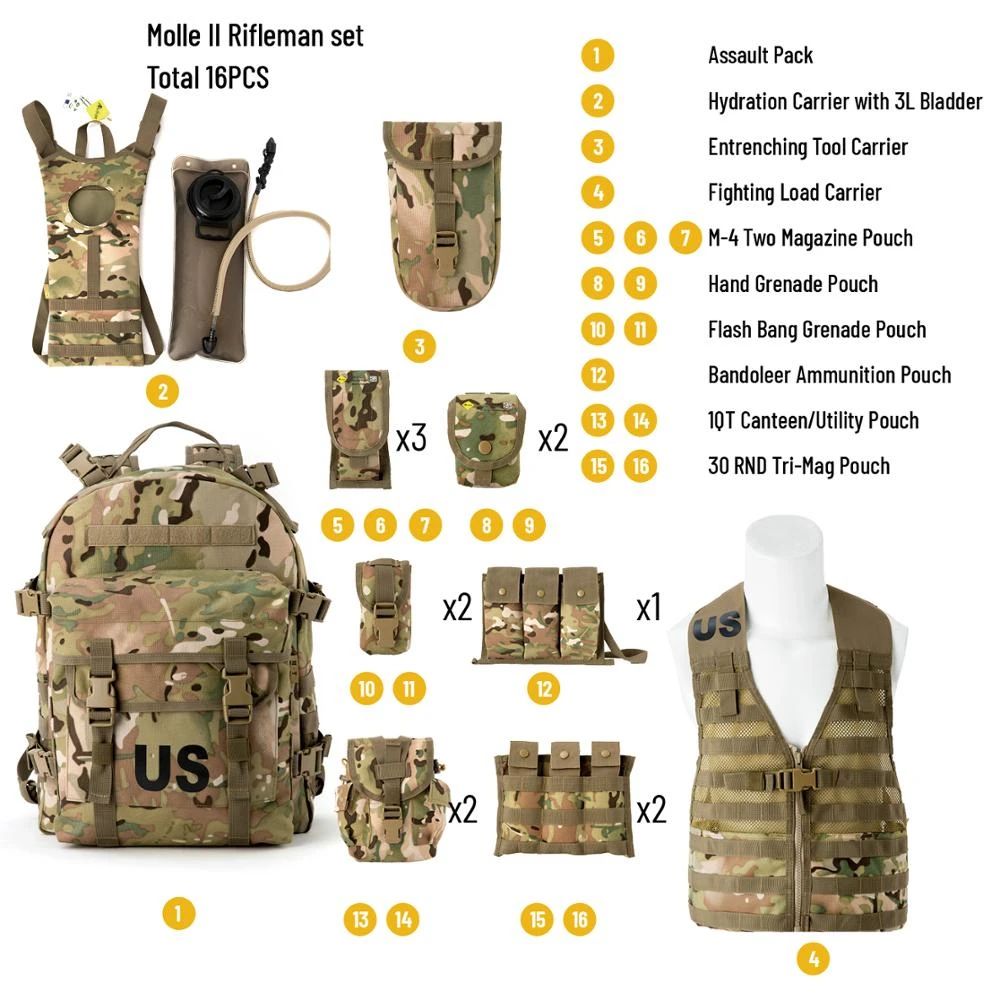
Then comes the bulletproof vest, which is much more complex than the bulletproof vest.
Firstly, in terms of title, there are three types of bulletproof vests: Bulletproof Vest, Plate Carrier, and Body Armor. Although they can be referred to as bulletproof vests, their level of protection varies from low to high.
According to the material of bulletproof vests, they can be divided into three types: soft bulletproof vests (Vest), hard bulletproof vests (PC), and soft hard combination (AC).
So to clarify, we need to look at it separately.
First, let's talk about common bulletproof vests and plug-in carrying devices.
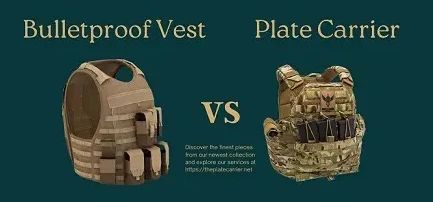
A bulletproof vest belongs to the category of soft bulletproof vests. It is like a hurdle vest, which can be worn externally or folded for a concealed effect.
Due to its inherent softness, it is also paired with soft Armor Plates, such as the familiar Kevlar aramid fiber material and the lighter and stronger UHMWPE material, which are all materials for soft bulletproof plates. They all rely on high-density, sturdy, and flexible fibers to absorb and disperse the energy of bullets as they pass through to achieve defensive purposes.
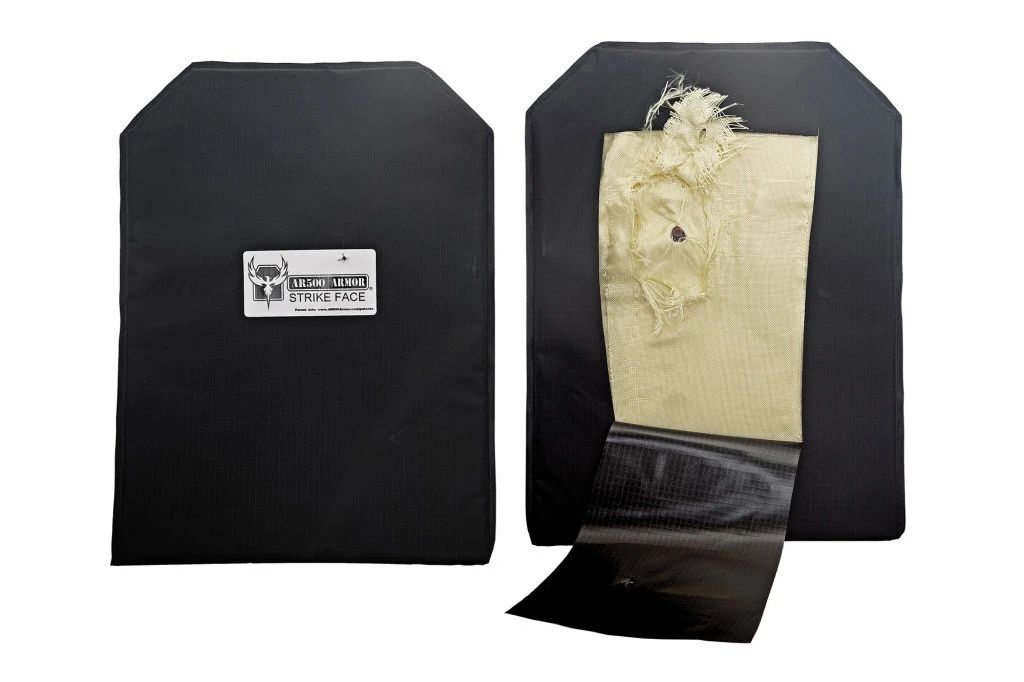
Overall, the bulletproof vest is very lightweight and can cover the front, back, and side of the body with protection, but its protective ability is weak and can only defend against most pistol bullets.
To defend against rifle bullets, one must rely on a Plate Carrier, just like the word "Carrier" (which does not refer to an aircraft carrier), which itself is a carrier and requires the insertion of a bulletproof plate to provide defensive capability. It also belongs to the category of hard bulletproof vests.
As for the defense strength, it depends on the performance of the bulletproof plate. There are detailed defense standards, including the bulletproof vest in front. According to the NIJ 0101.06 standard of the National Institute of Justice in the United States, there are five levels of protection, from low to high: Level IIA, Level II, and Level IIIA. Level III and Level IV.
Although there are significant differences in protection capabilities, the best protection is the most suitable, and it still depends on the task situation. Besides, no matter how strong your protective ability is, you cannot become Iron Man
Among them, IIA, II, and IIA are usually soft bulletproof plates, but there are also some IIIA grade hard bulletproof plates. And III, IV are hard bulletproof plates.
Most of the time, maintaining flexibility and being able to quickly complete tasks and withdraw from the theater is the most important thing, and in this case, a tactical vest is sufficient.